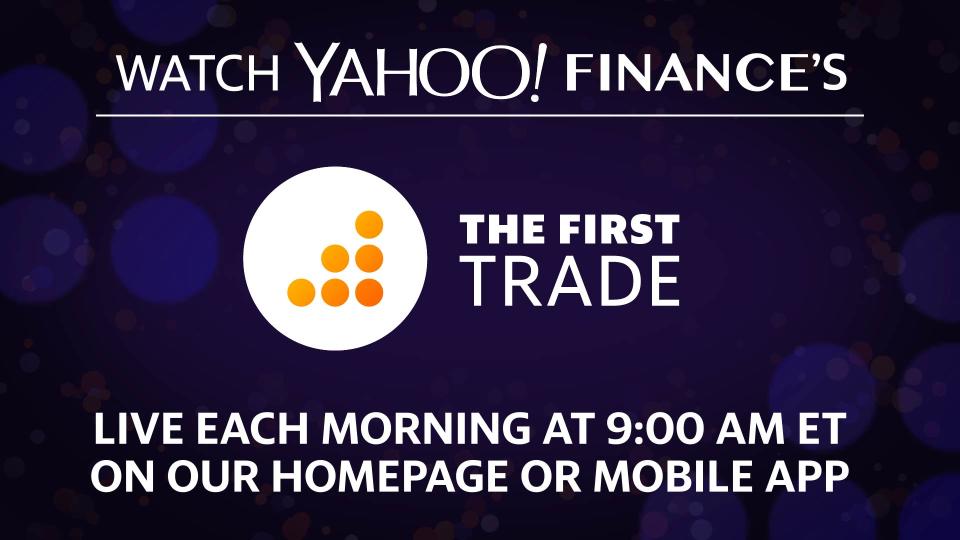Why Trump's fresh tariffs on China won't trigger a nasty US recession
Slower U.S. economic growth this year at the hands of President Donald Trump’s tariff sword doesn’t necessarily mean a bruising recession — or any recession for that matter — lurks in early 2020.
And you would be able to thank the resilient U.S. consumer for that one.
“I don’t think it [Trump’s latest tariff threat] will push us into recession,” former long-time JPMorgan Chase economist Anthony Chan said on Yahoo Finance’s The First Trade.
Trump said Thursday afternoon he will levy tariffs on $300 billion of additional goods imported from China at a 10% rate starting September 1. A large majority of the tariff increase will impact consumer goods sourced from China ranging from smartphones to apparel. Investors quickly fled industrial and retail stocks amid concerns about global growth and renewed profit risks from the U.S.-China trade war.
The weakness in the markets persisted into Friday trading.
Chan believes the latest trade spat could shave a few tenths of a percent off U.S. GDP growth this year. But, GDP is still likely to grow in the 2% range, Chan says, even if the main economic engine —consumers — are forced to pay more on goods.
“We have seen a big surge in consumer confidence. So we have a lot of cushion between where the consumer is and where it needs to be to cause a recession,” Chan explains, adding there continues to be strong momentum in consumer spending.
Consumer spending increased a healthy 4.3% in the second quarter, accelerating from a weak 1.1% pace to kick off the year.
Labor market looks supportive of more spending
To Chan’s point, the U.S. labor market does look supportive for further gains in spending.
Non-farm payrolls rose by 164,000 in July the U.S. Bureau of Labor Statistics said today. The unemployment rate held steady at 3.7% and average hourly earnings rose by an annualized 3.2%.
“The 164,000 gain in non-farm payrolls in July illustrates that, for all the concern over weak global growth and trade policy, the domestic economy is still holding up reasonably well,” said Capital Economics strategist Andrew Hunter. “President Donald Trump’s move to re-escalate tensions with China has clearly increased the pressure on the Fed to deliver further policy loosening, but the relative resilience of employment growth suggests that trade tensions alone won’t necessarily be enough to convince officials to cut rates again.”
Brian Sozzi is an editor-at-large and co-host of The First Trade at Yahoo Finance. Follow him on Twitter @BrianSozzi
Read the latest financial and business news from Yahoo Finance
Dunkin' is launching plant-based ice cream in a bid to 'democratize' major food trend
Dunkin' enters the plant-based meat craze by joining forces with Beyond Meat
Beyond Meat founder: We are working on meatless bacon and steak
Why Chipotle hasn't joined forces with plant-based meat kings Impossible Foods and Beyond Meat
Follow Yahoo Finance on Twitter, Facebook, Instagram, Flipboard, SmartNews, LinkedIn, YouTube, and reddit.

 Yahoo Finance
Yahoo Finance 
